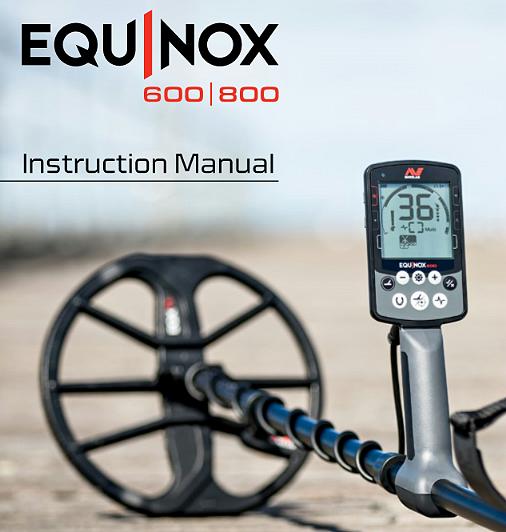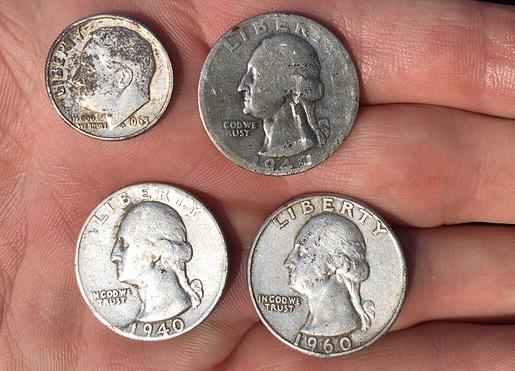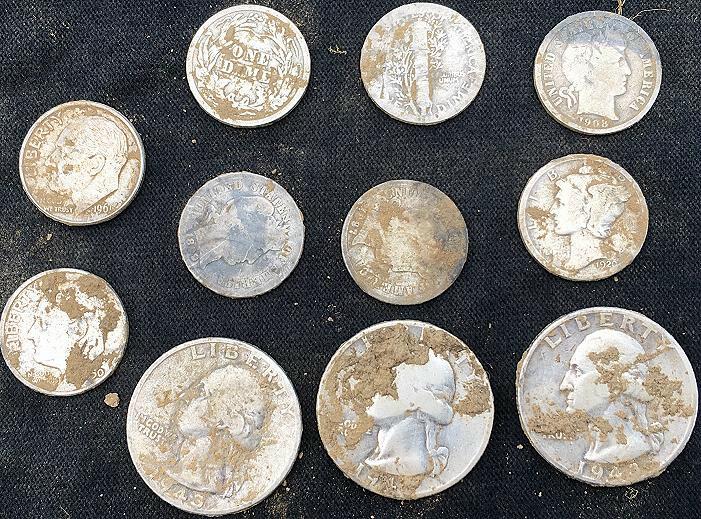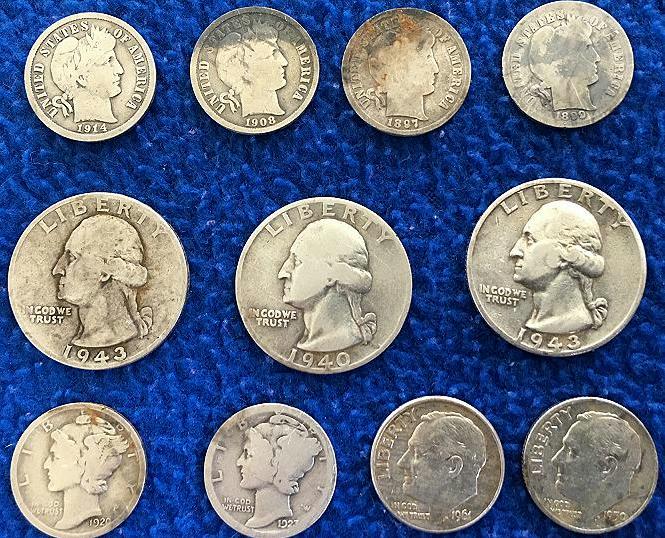Well, I broke down and bought another new toy, a Nox 800. I always planned to stick with the E-Trac, but the exact same forum member who sold me my E-Trac used 11 years ago offered a used Nox 800 up for sale, and I could not resist.
They say the Nox is better, but I certainly intend to keep the E-Trac. I intend to compare them side by side and make up my own mind which is better. Always be open minded. And, besides, buying it used, the financial risk is low as I can always sell it used.
All I have done so far is put it together, and read the manual. Here are my thoughts so far re the E-Trac.
Negative: Apparently no sizing pinpointing or response long setting. These settings are crucial for getting the most out of the E-Trac. These settings allow you to run the machine hotter than you should, and still dig mostly deep coin targets and avoid alot of noise. Most negative, however, is the reduced TID range, from 50 to 40 in the conductive zone. It appears this would compromise the E-Trac’s ability to distinguish clad from silver, and identify wheaties with certainty. This is the most crucial ability of the E-Trac, as who wants to dig clad and wheaties when looking for silver? It is crucial for efficiency.
Positive: Waterproof. I can’t use my E-Trac even in the lightest drizzle, as it gets weird for some reason. Speed. I expect the Nox to be faster, as the processor is 15 years newer technology. People talk about this benefit, and I’m hoping it plays out, tho the E-Trac is damn fast. Also, the sweep speed is recommended at 3 seconds rather than 4 seconds. That is a 25% improvement. Maybe I can gain some efficiency there. Difficult ground. More options for dealing with difficult ground — manual ground balancing and more noise cancel channels. The ground is variable around here; perhaps this will open up some sites. Depth? Everyone claims it is deeper than the E-Trac; I have my doubts, but we’ll see. Beach. I rarely go the beach, but the E-Trac isn’t that good in wet sand, is not waterproof. I am not an underwater detectorist, but accidents can happen in the wet sand.
Well, I guess I have to reserve judgment until I do some testing. The putative inability to discriminate out clad and wheaties looks like the biggest show stopper. As I see it now, it will be a backup machine, or a specialty machine for rainy days, the beach, real trashy old sites without tons of clad (old farmhouses where you dig everything anyway), and we’ll see if we get better performance in difficult dirt.




